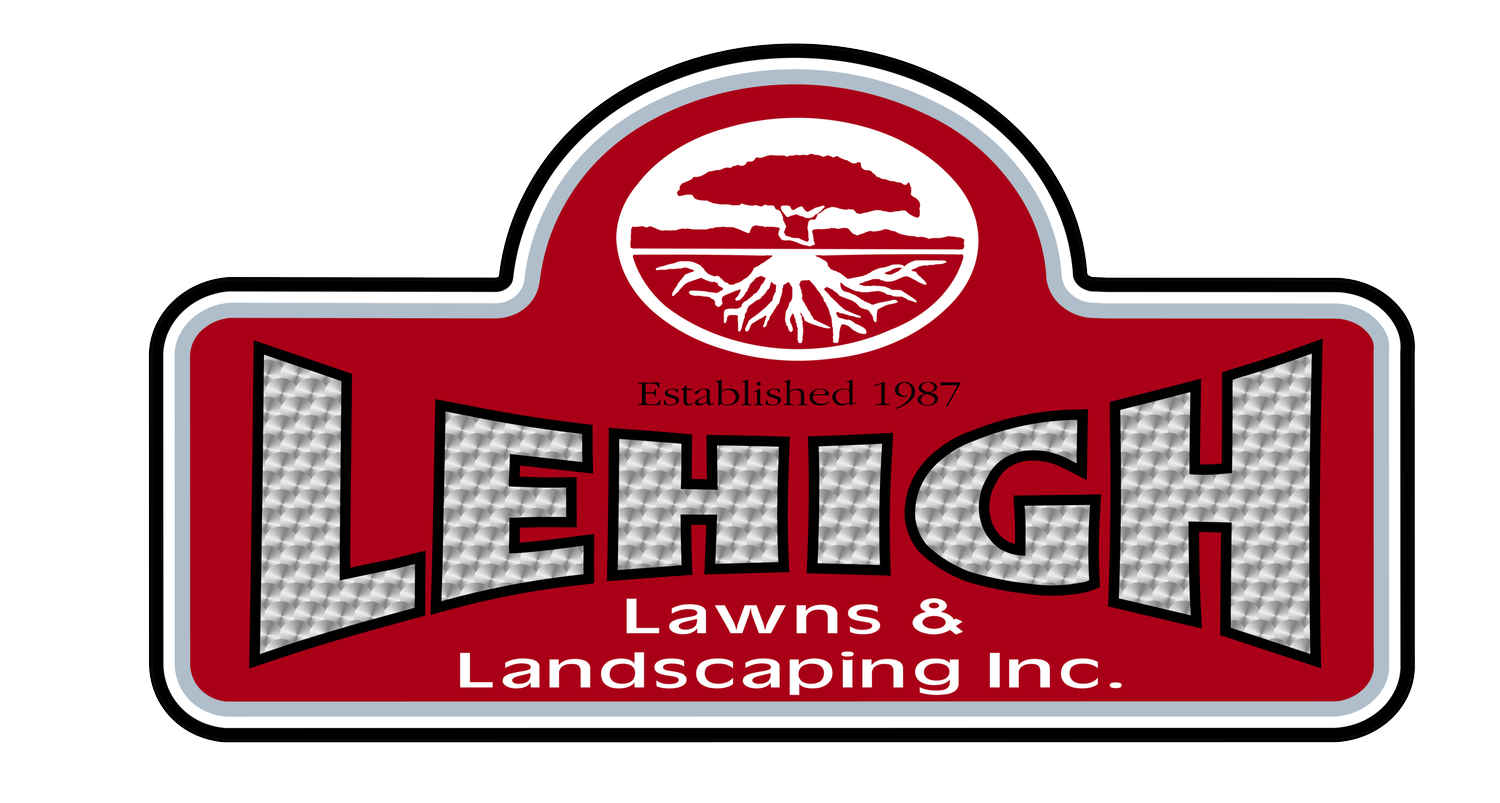Everything You Need to Know about Aeration and Overseeding at Your Dutchess County, NY Home
In restoring or maintaining the lushness of your Dutchess County lawn, aeration and overseeding are two processes that work hand in hand. In this article, we’ll break down these two concepts to help you better understand how they work and why they are important for your lawn.
What is aeration?
Over time, snow, pedestrian activity and the weight of the soil itself causes the ground on which your lawn grows to become compacted. The hard, compressed layer makes it impossible for new grass to grow and extend its roots far enough into the soil to properly establish itself. This impenetrable layer is also a prime cause of poor drainage and the formation water pools on your lawn.
Aeration is the process of puncturing and breaking up this compacted layer with the use of an aeration machine to allow for better drainage and a hospitable environment for new grass seeds. Core aeration is done using a machine that not only pierces the hard surface of the soil, but removes “cores” or plugs of earth and disperses them across the lawn to be reabsorbed. The holes left by the plugs offer a wider, deeper opening for air, nutrients, water and fresh grass seed.
When should I have my lawn aerated?
Ideally, aeration should be done at least once or twice a year, in spring and/or fall depending on the type of soil in your garden and its tendency to become compacted. Clay soil, for example, compacts far quicker than loam, so will need biannual treatment for best results.
After the summer heat is gone, fall is the perfect time for overseeding as the earth has retained much of its heat from the summer and this will allow the new grass seeds to dig in their roots. Fall soil is also more nutritious that spring.
Aeration is often done in conjunction with dethatching, but if you’re overseeding as well, it’s a better option to turn the blanket of dead grass into usable nutrients for your new seedlings by having it mulched instead. This is done with the use of a mulching mower. Don't try this yourself - learn more with an experienced professional.
What is overseeding?
Overseeding is the process of planting new grass seed over the existing lawn. The obvious advantage to this is that you need not tear out the old lawn when replacing it. Overseeding can be done as a method of replacing grass strains and, in conjunction with aeration, is essential to bringing new life to a threadbare lawn. It’s also a great way to regularly increase the density and richness of a lawn and maintain a lawn’s health.
There are many methods of overseeding, but if you are preceding it with an aeration, the aeration will provide the seeds with the perfect access points to the soil. Overseeding is best done after a thorough core aeration and mulching of thatch buildup. Following an overseeding, your lawn will require plenty of water and will need to be watered once or twice a day until the new shoots reach the height of their first mow. Thereafter, your lawn will look greener and fuller than ever before. Welcome back, lush, green grass!

